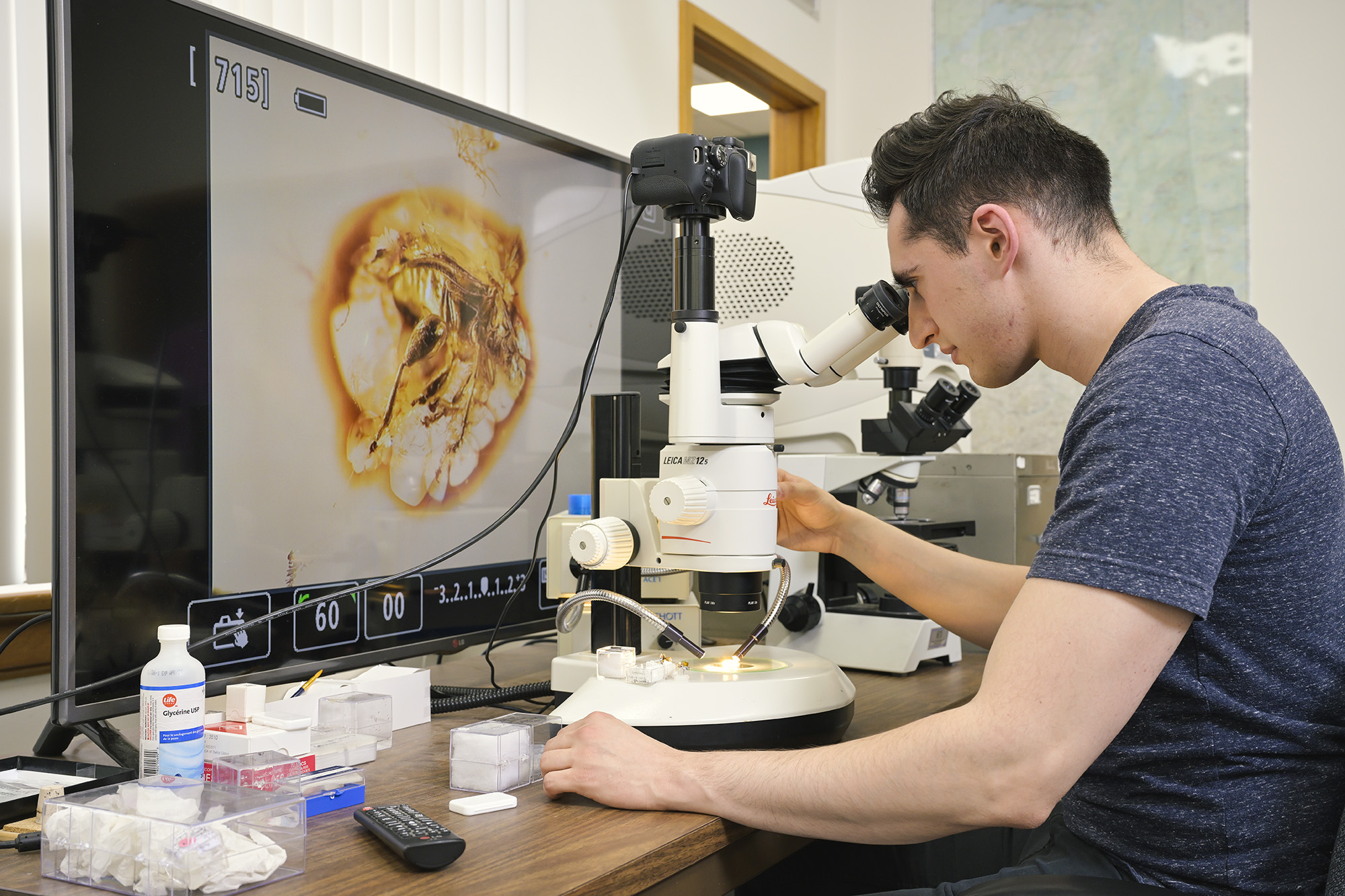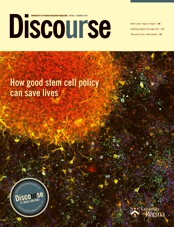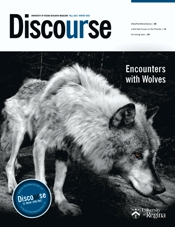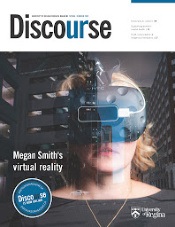A new discovery will help researchers dig deeper into the evolutionary and ecological developments of modern insects.

Remember Jurassic Park? The dinosaurs in that movie franchise were brought to life through DNA found in amber. The DNA purportedly came from mosquitos that had taken blood from dinosaurs prior to being trapped in the tree resin that turned into amber.
Amber, a semi-precious stone that is fossilized tree resin, often contains the fossilized remains of insects and other small creatures, with little, if any, organic matter left. No organic matter, no dinosaur DNA, no Jurassic Park.
However, a team of researchers from U of R, Royal Saskatchewan Museum, and Institute of Life Sciences and Technologies at Daugavpils University in Latvia, have now identified what appears to be organic matter in a 44-million-year-old beetle fossilized in amber.

This remarkable finding, and the methodology used in making it, has been published in Nature’s Scientific Reports, the fifth most-cited journal in the world.
“Using a set of advanced techniques we’ve not tried before, we took a 44-million-year-old beetle trapped in Baltic amber to see if it was possible that any preserved organic material might be present,” says U of R master’s of science student Jerit Mitchell, lead author of the study.
Dr. Mauricio Barbi, a University physics professor, says the team used the synchrotron radiation facilities at the University of Saskatchewan’s Canadian Light Source (CLS) in Saskatoon to extract high-resolution 3D micro-computed tomography (micro-CT) images of the beetle.
“The synchrotron mid-infrared radiation gave us the capability to identify possible organic compounds in the specimen. We then complemented these two synchrotron radiation techniques by using a scanning electron microscope to provide further high-resolution images of the beetle and to determine the specific chemical elements present in the sample,” says Barbi, who led the team that discovered structurally preserved fossilized dinosaur cell layers in the skin of a 72-million-year-old hadrosaur.”

Dr. Ryan McKellar, adjunct biology professor at the U of R and curator of paleontology at the Royal Saskatchewan Museum, says the remains of organic chitin, one of the main components of the exoskeleton of insects, is what was preserved.
“This observation is of great importance because it opens a window to the past that allows us to be able to picture these animals in a more life-like way,” says McKellar. “This allows us to then be able to compare this ancient beetle to modern insects to examine evolutionary and ecological developments.”
For insects in particular, chitin helps strengthen the exoskeleton as part of the protein-chitin complex in the cuticle, and is expected to decay less readily compared to other organic macro molecules, such as DNA or proteins. However, chitin is not commonly found in fossils older than one-million years. The oldest accepted fossil insect chitin is approximately 25-million-years old and was from a beetle found in lacustrine shale from the Enspel Lagerstätte, Germany.
Mitchell, who has been working on this project since he was an undergraduate student at the University of Regina, says their discovery will let them dig deeper into the evolution of the species.
“It also provides us with a new path forward for this kind of exploration. And it sends a message to other researchers that when you use the right methods and tools, more of these kinds of findings are possible,” says Mitchell.

Cracking it open
Along with Mitchell, Barbi, and McKellar, the other team members include Dr. Ian Coulson, geology professor at the University of Regina, and Dr. Andris Bukejs, researcher at the Institute of Life Sciences and Technologies at Daugavpils University in Latvia.
Their main interest is to study how fossils are preserved in organic materials, such as amber.
The U of R science student says the team’s initial experiments were exploratory. “The act of cracking open amber to look for organic material has not been readily attempted since the 1990s because there were experimental issues with this technique. So, for the last two decades, this technique has really fallen out of favour. But, for a variety of reasons, such as easier access to the advanced technologies of the Canadian Light Source facility, we found this type of research much more feasible in 2023.”

The team says that the excellent level of organic preservation they found is not as unlikely as conventionally believed. “Nobody else is currently attempting to do what we’re doing in the way we’re doing it. But we tried something new – and we had great success,” says Mitchell.
U of R offers amazing opportunities for students
Mitchell got into this research because he was looking for a project for his honours thesis in his fourth year as a physics student. He connected with Barbi, who was offering a project on applying physics techniques to studying fossils.
“Naturally, I was intrigued. At the time, I knew very little about paleontology and I had to learn a lot of new things during the project. That honours thesis was a big success, and I decided to continue on with the project for my master’s project – which is this current work.” Mitchell will move on to do his PhD in the fall on the same topic – physics applied to paleontology to search for soft tissue preservation in fossils.
While this amber breaking research opens up a world of possibilities for future studies, the creation of dinosaurs, which disappeared 66 million years ago, from DNA found in amber, remains in the field of science fiction and not science.












